Agol-Groves-Manning’s Theorem predicts that, for every word-hyperbolic group we can easily construct, every quasiconvex subgroup is separable (otherwise, we would find a non-residually finite hyperbolic group!).
In this section, we use graphs of groups to build new hyperbolic groups:
Combination Theorem (Bestvina & Feighn): If is a quasiconvex malnormal subgroup of hyperbolic groups
, then
is hyperbolic.
Recall: is called a malnormal subgroup of
if it satisfies: if
, then
.
For a proof, see M. Bestvina and M. Feighn, “A combination theorem for negatively curved groups”, J. Differential Geom., 35 (1992), 85–101.
Example: Let be free,
not a proper power. By Lemma 11,
is malnormal, so
is hyperbolic. As a special case, if
is closed surface of even genus
, considered as the connected sum of two copies of the closed surface of genus
, then by Seifert-van Kampen Theorem,
for some
.
Question: (a) Which subgroups of are quasiconvex? (b) Which subgroups of
are separable?
We will start by trying to answer (b). The following is an outline of the argument: Let be a finite graph so that
, let
be two copies of
. Realize
as maps
, where
. Let
be the graph of spaces with vertex spaces
, edge space
, and edge maps
. Then clearly,
, and finitely generated subgroups
are in correspondence with covering spaces
. We can then use similar technique to sections 27 and 28.
Let us now make a few remarks about elevations of loops. Let be a loop in some space
, i.e.,
and
. Consider an elevation of
:

The conjugacy classes of subgroups of are naturally in bijection with
. The degree of the elevation is equal to the degree of the covering map
.
Definition: Suppose is a covering map and
is an intermediate covering space, i.e.,
factors through
, and we have a diagram

If and
are elevations of
and the diagram commutes, then we say that
descends to
.
Let be a finite graph,
a finitely generated subgroup and
a loop. Let
be a covering space corresponding to
.
Lemma 29: Consider a finite collection of elevations of
to
, each of infinite degree. Let
be compact. Then for all sufficiently large
, there exists an intermediate, finite-sheeted covering space
satisfying: (a)
embeds in
; (b) every
descends to an elevation
of degree exactly
; (c) these
are pairwise distinct.

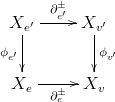
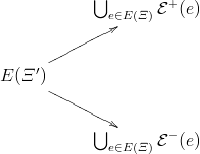



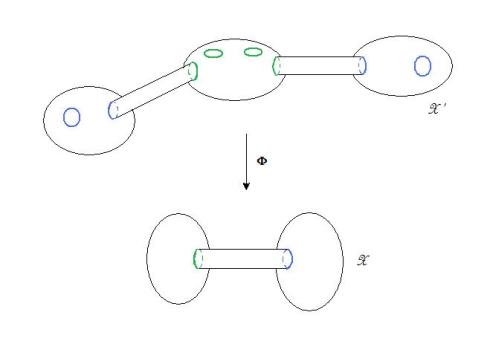
 Definition: For each edge map
Definition: For each edge map 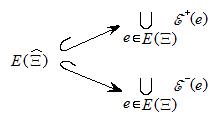
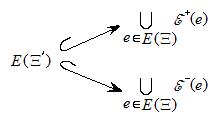
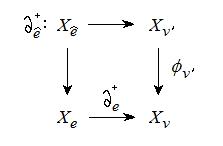

Recent Comments